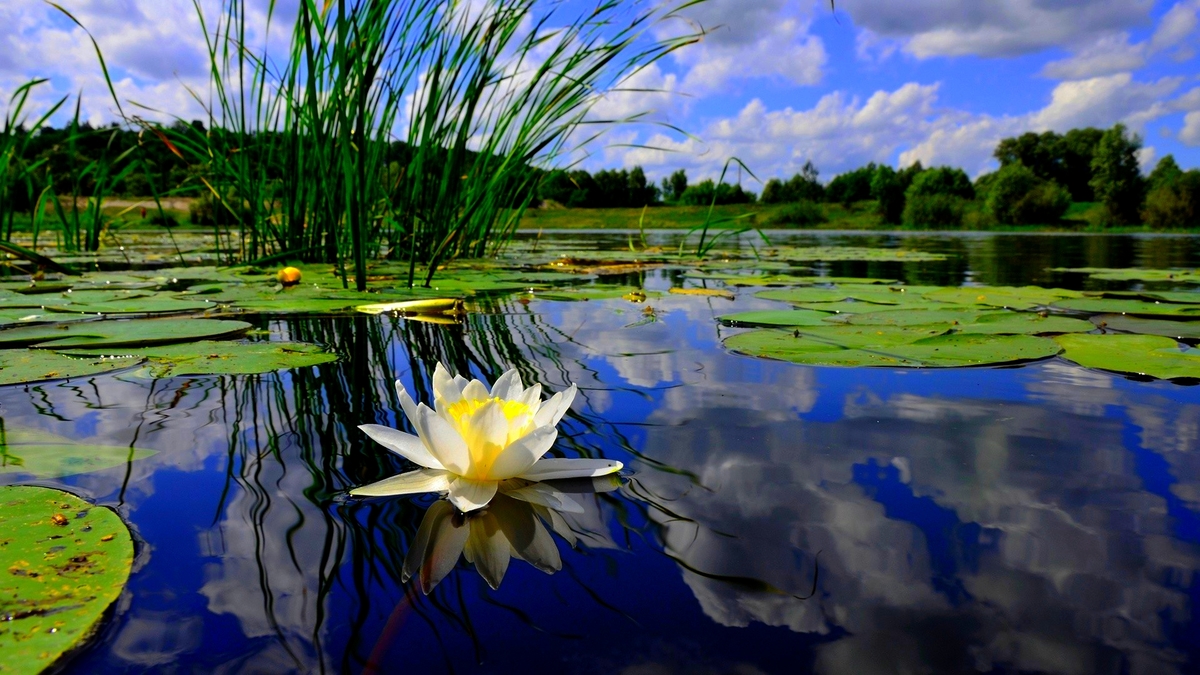Grade 8 - Algebra #5

There is a pond with a perimeter of 3 km.
Tom and Jerry stood at one point on the pond's perimeter and ran towards different directions along the perimeter. It took them 15 minutes to meet each other for the first time.
After meeting each other, Tom turned back and went to the opposite direction of where he had been going, and Jerry continued going to the direction of where he had been going.
Tom bumped into Jerry's back after 40 minutes from when they had started running in the same direction. Then, how long does it take for Jerry to go around the pond's perimeter once completely? Answer in minutes.
Detail: Ignore the width of the path, and the body size of Tom and Jerry. Tom and Jerry run at a constant speed throughout the whole process, where Tom runs faster than Jerry.
Image source: Kasco Maritiem - Pond Health And Beauty
This problem is a part of <Grade 8 - Algebra> series .
The answer is 48.
This section requires Javascript.
You are seeing this because something didn't load right. We suggest you, (a) try
refreshing the page, (b) enabling javascript if it is disabled on your browser and,
finally, (c)
loading the
non-javascript version of this page
. We're sorry about the hassle.
Let the speeds of Tom and Jerry be v T km/min and v J km/min respectively.
Starting from the same point running in opposite directions and met 15 minutes later means that the distance covered by Tom and the distance covered by Jerry add up together equals to the perimeter of the pond or 1 5 v T + 1 5 v J = 3 .
Starting from the same point running in same direction and met 40 minutes later with v T > v J means that the distance covered by Tom is one pond perimeter or 3 km more than the distance covered by Jerry after 40 minutes that is 4 0 v T = 4 0 v J + 3 .
Therefore, we have:
⎩ ⎪ ⎨ ⎪ ⎧ 1 5 v T + 1 5 v J = 3 4 0 v T = 4 0 v J + 3 ⟹ v T + v J = 5 1 ⟹ v T − v J = 4 0 3 . . . ( 1 ) . . . ( 2 )
( 1 ) − ( 2 ) : ⟹ 2 v J ⟹ v J = 5 1 − 4 0 3 = 8 1 = 1 6 1
Therefore, the time for Jerry to go around the pond completely t = v J 3 = 1 6 1 3 = 4 8 minutes.